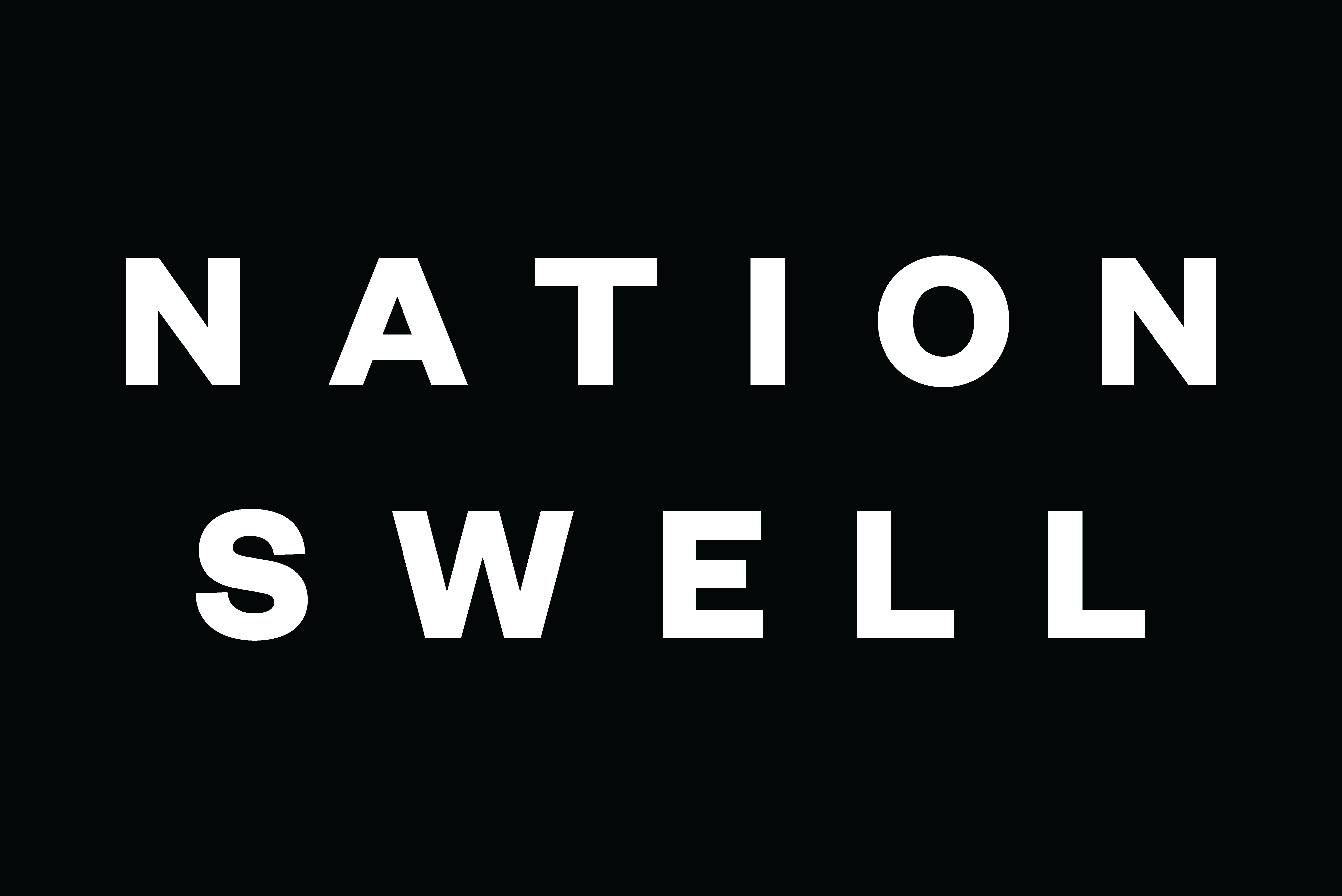Although AI is poised to change and reshape many contours of our economy and lived experience, few among us express confidence in putting it to use in our day-to-day work.
That’s why, on September 16, NationSwell convened a group of peer leaders for a virtual roundtable focused on immediate, practical applications for AI on impact teams. From day to day low-lift use cases to opportunities for mission delivery, attendees explored how leaders are using generative AI – and increasingly agentic AI – to increase speed, clarity, and capacity in core workflows.
Some of the key takeaways from the event appear below:
Key takeaways:
Recognize that adoption is widely happening in the impact sector. The majority of social sector staff are experimenting with generative AI tools in their work, even if they don’t consider themselves advanced users or have streamlined guidance in the workplace. This signals opportunity and a responsibility to provide structure and support.
Democratize access to AI. Smaller nonprofits often lack the capital to experiment and funders can be discouraged to invest without tech experience. However, investing in organizational capacity through AI training, tools, or peer learning communities ensures that nonprofits can participate fully in the AI era.
Navigate the shared learning curve together. Nonprofit leaders and funders are all learning together—often unsure what to budget, request, or approve. This affirms the importance of shared guidance, education, and implementing standards that are critical for progress.
Establish governance and guidelines that protect your organization and its data. Large corporations can rely on private licensing and built-in governance systems to safeguard data shared with AI models. Nonprofits, by contrast, often depend on public tools, underscoring the need for risk management.
Start AI integration incrementally, not exponentially. For non-tech affluent organizations, beginning with small, incremental applications of AI—such as using off-the-shelf tools for efficiency—is more effective than jumping immediately to large-scale projects. The most practical applications are those that strengthen existing processes like fundraising, program design, or communications.
Build AI strategies into organizational roadmaps. Organizations can create customized AI roadmaps that reflect their priorities and capabilities, ensuring alignment with mission. For example, a nonprofit has an upcoming fundraising cycle that includes 5 key phases. For each of those phases, the nonprofit identifies incremental steps to integrate AI to enhance efficiency.
Shift from individual to collective AI use. While many staff are experimenting with AI on their own, organizations unlock far greater value when they standardize usage. Meta-prompts and custom GPTs help move beyond scattered adoption and enable teams to work in alignment, share best practices, and ensure outputs reflect organizational priorities.
Scale responsibly with trusted principles. Growth in AI adoption should not outpace organizational values. Embedding equity, transparency, and bias prevention from the outset establishes a foundation of trust with staff, partners, and communities. By treating responsible AI use as a living framework—one that adapts as technologies and risks evolve—organizations can scale confidently while safeguarding.

 "
"
